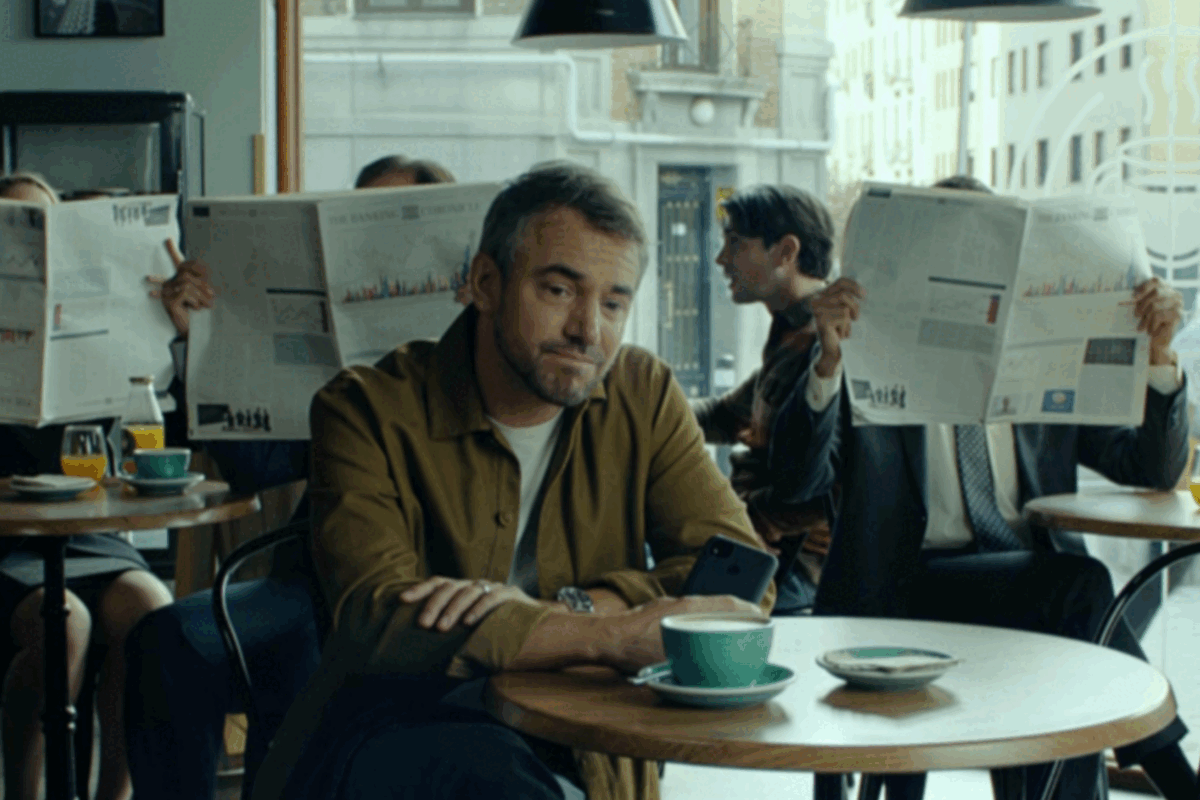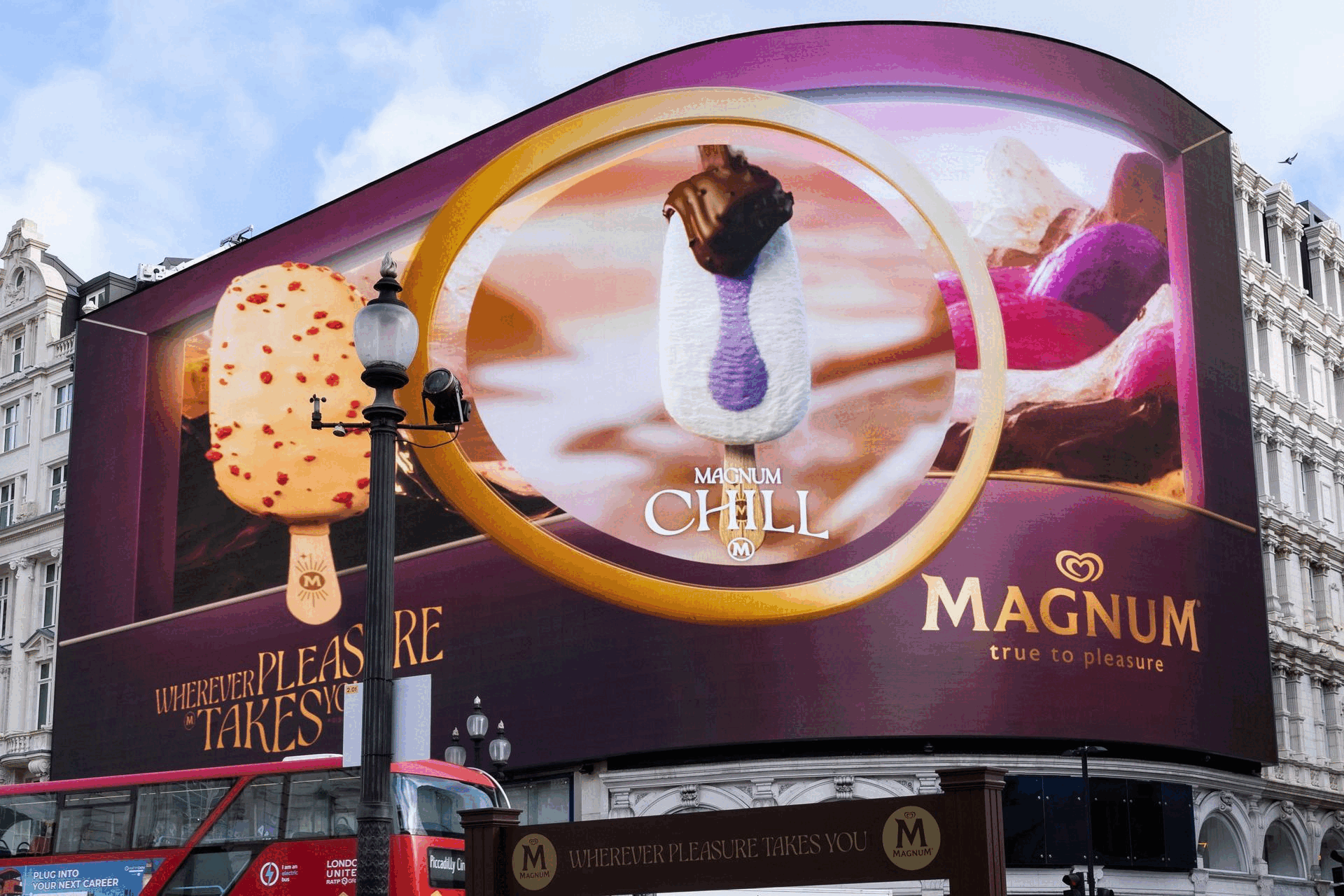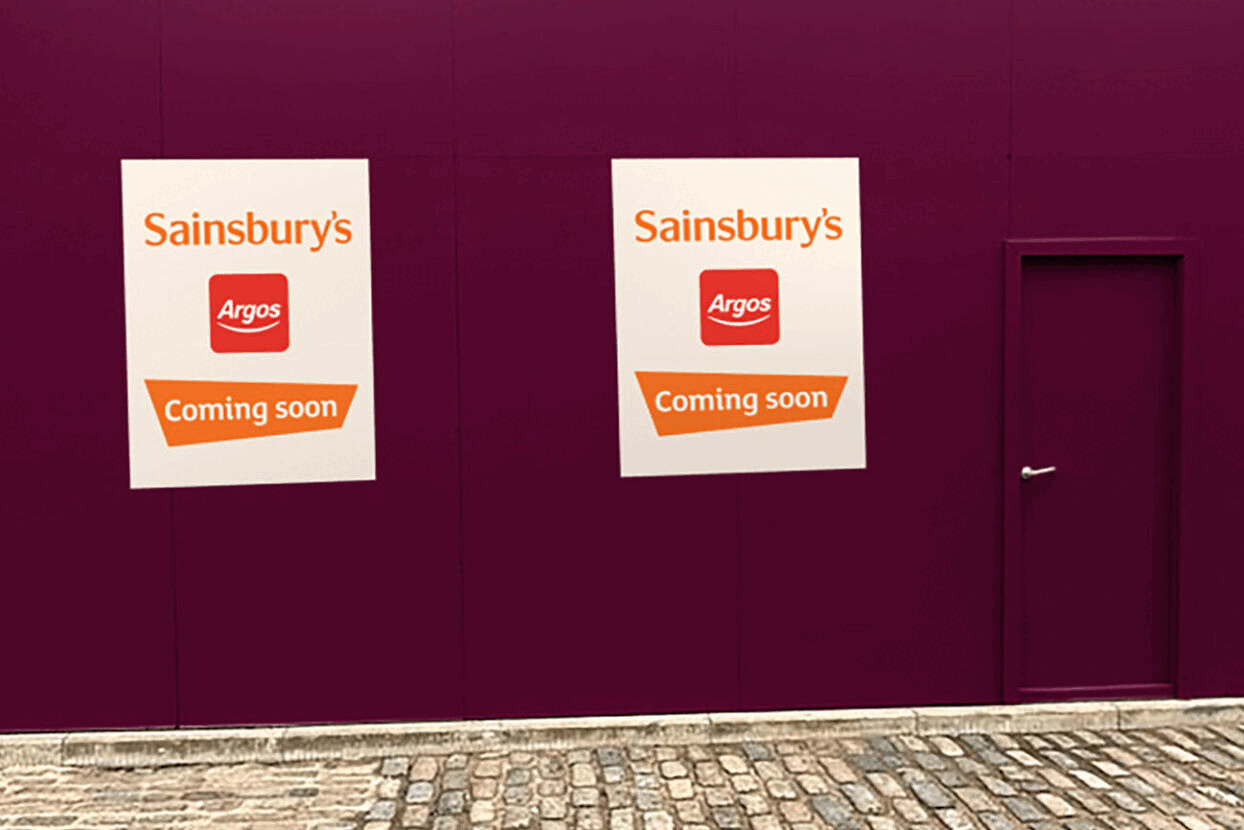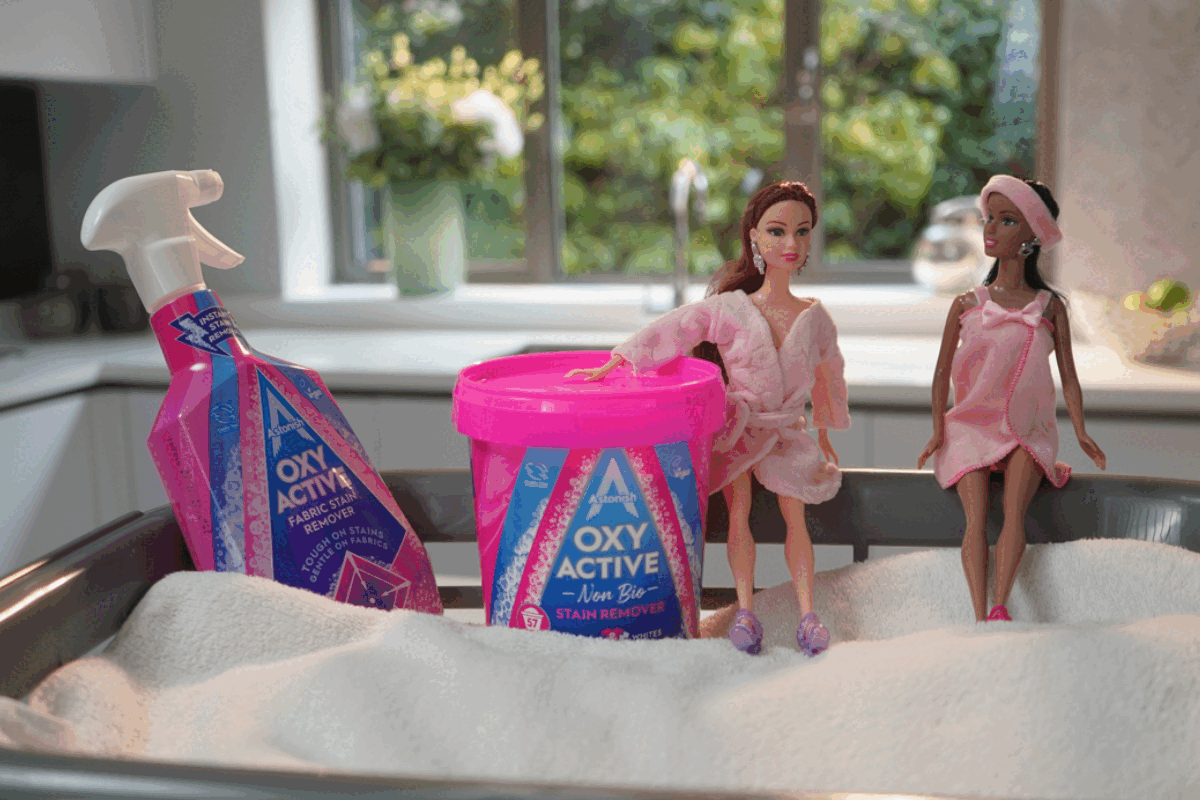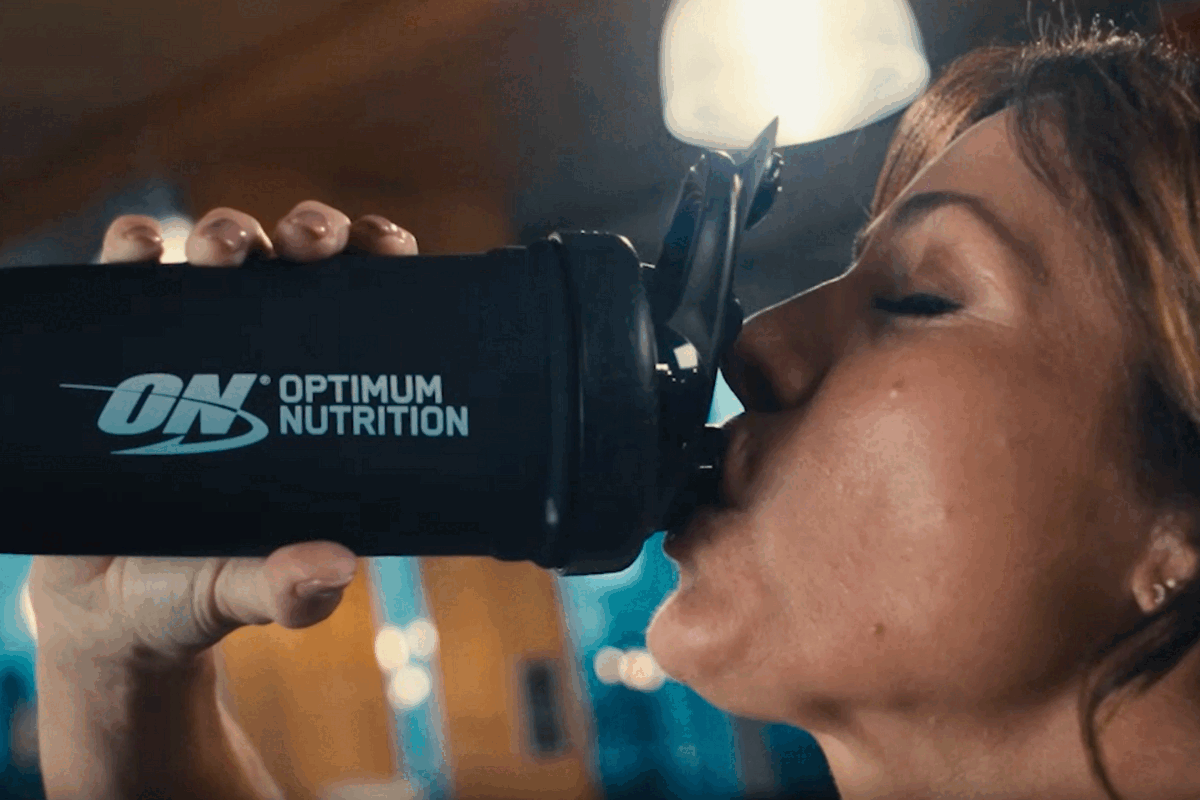Ad budgets hit hard in Q4 but prospects brighter for 2021: IPA Bellwether Report
- Thursday, January 21st, 2021
- Share this article:
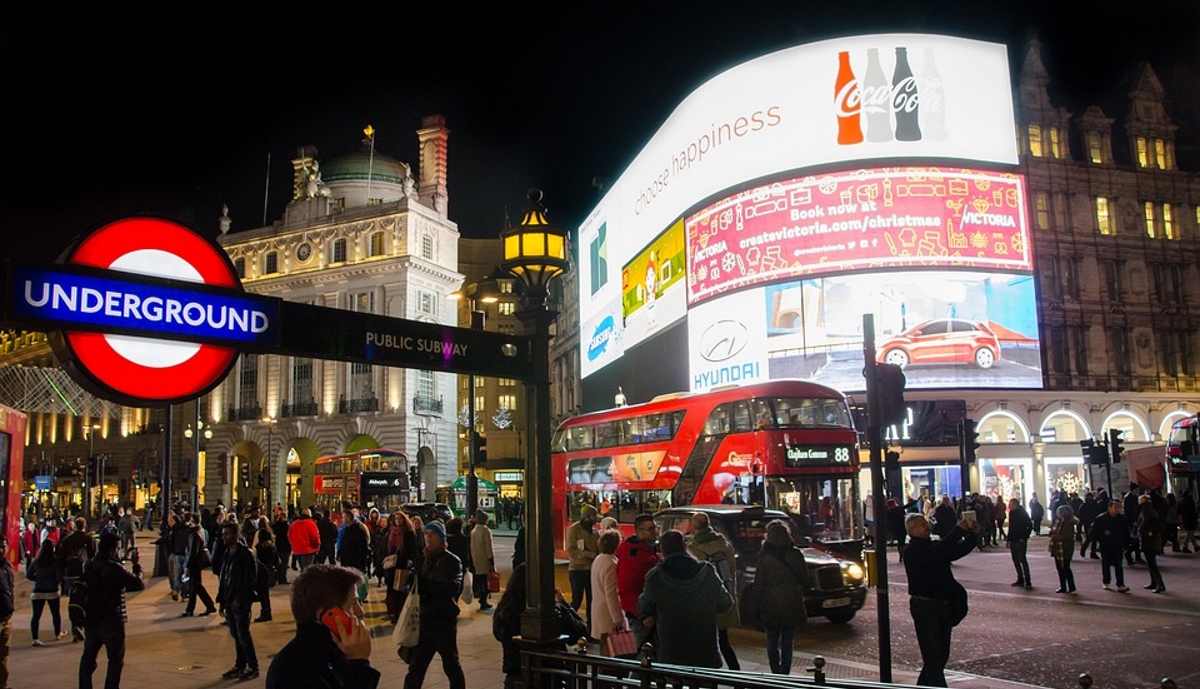 Q4 2020 saw another sharp decline in advertising budgets, according to the Q4 2020 IPA Bellwether Report, released today.
Q4 2020 saw another sharp decline in advertising budgets, according to the Q4 2020 IPA Bellwether Report, released today.
Overall, only 16.4 per cent of firms noted an increase in available funds, which was heavily outweighed by the 40.4 per cent that experienced a decline, giving a net balance of -24 per cent of Bellwether panellists who recorded a contraction in marketing budgets during the quarter. On a slightly brighter note, the latest reduction in budgets was much weaker than those recorded in both the second (-50.7 per cent) and third (-41 per cent) quarters, when the economic impact of COVID-19 was most severe.
Although the impact of the virus was not quite as marked as earlier in the year, it was still the main reported reason for cuts to ad spending in the final months of 2020. Although businesses have continued to adapt to new market conditions and changing government restrictions, anecdotal evidence indicated that cost cutting was widespread and that marketing budgets continued to suffer as a result.
Events budgets were the most severely impacted category during the quarter, with a net balance of -62.9 per cent of firms recording a decrease in available spend. Other sectors hit hard included “Other Marketing, with a net balance of -29.6 per cent; Sales Promotions (-26.5 per cent); Market Research (-25 per cent); and Main Media
Breaking down the Main Media Advertising category, Out of Home remained the worst performing category with a net balance of -36.7 per cent, followed by published brands (-29 per cent; Audio (-21.6 per cent); and Video (-3.5 per cent). “Other Online” was the only category within Main Media to record a positive net balance revision, at +0.7 per cent.
Budgets to recover in 2021
While Q4 was bad, the report suggests that the preliminary outlook for ad spending in 2021/2022 is that budgets are likely to recover in the next financial year. A net balance of +12 per cent of firms expect their total marketing budgets to be upwardly revised. If realised, they would represent a significant turnaround from the steep declines seen throughout 2020.
Of the seven broad marketing categories, expectations for next year are strongest in Main Media Advertising, where a net balance of +4.6 per cent of firms anticipate higher ad spending. Panel members also expect a rise in budgets related to Direct Marketing, with a net balance of +3.3 per cent; and Public Relations (+3.2 per cent). The remaining four types of marketing are expected to see further declines, with forecasts regarding Events spending the most subdued (-30.9 per cent), followed by Other Marketing (-6.2 per cent), Market Research (-4.7 per cent) and Sales Promotions (-3.7 per cent) respectively.
As has been the case in each quarter since the start of 2016, panellists were pessimistic towards industry-wide financial prospects in the closing months of 2020. This was indicated by a net balance of -5.8 per cent of firms that expected financial prospects to deteriorate over the coming year. That said, the degree of negativity eased to the softest since the opening quarter of 2017 (-5.7 per cent) and was far weaker than the historic lows registered in the first three quarters of 2020 (Q3: -31.3 per cent; Q2: -66.0 per cent; Q1: -42.0 per cent). Overall, around a quarter (25.1 per cent) of Bellwether panellists were more optimistic on industry-wide financial prospects compared to three months ago, while 31.0 per cent were less so.
In contrast, there was increasing optimism among firms regarding own-company financial prospects in the latest survey period. A net balance of +18.1 per cent of firms were more confident of an improvement compared to three months ago (Q3: -3.9 per cent), marking the first positive outlook since the end of 2019. The result followed severely negative readings in the first half of 2020 when COVID-19 lockdown measures were first introduced (Q2: -55.1 per cent and Q1: -26.0 per cent).
Following lockdown periods and other strict public health measures driven by the COVID-19 pandemic, and the subsequent disruption to economic activity, IHS Markit anticipates a -11.6 per cent decline in GDP during 2020. Economic performance was particularly hampered by an extremely weak second quarter, in which many businesses were temporarily closed to help stem the spread of the virus. It also anticipates severe declines in both consumer spending (-15.6 per cent) and business investment (-12.7 per cent). These figures correspond to a -17.8 per cent decrease in ad spending during 2020.
Positive outlook
Following the development and approval of COVID-19 vaccines, as well as the swift commencement of immunisation programmes, the outlook for the next few years is far more positive. IHS Markit therefore expects a +3.5 per cent expansion of GDP in 2021, predominantly supported by strong growth in the second half of the year, followed by a +4.9 per cent increase in 2022. Assuming that economic conditions recover as expected, it anticipates robust ad spending growth of +6.9 per cent and +6.2 per cent in 2021 and 2022 respectively, before a steady trend towards long-term rates. Downside risks to these positive forecasts include possible delays in the UK’s vaccine rollout and slow uptake of immunisation programmes in other countries which could hinder trade.
“It is no surprise that Q4 sees UK marketing budgets remain in negative territory,” said IPA Director General, Paul Bainsfair. “We are still in the grip of the pandemic and the impact of Brexit is uncertain, with some marketers citing concerns regarding the potential for tariffs, and increased paperwork, delays and costs. While the situation remains bleak for now, the Q4 2020 Report does, however, reveal significant promise of green shoots ahead. Budget plans for 2021/2022 are into positive territory.
“As the vaccination roll-out continues, as the lockdowns begin to ease and as firms adapt to post-Brexit rules, perhaps we can dare to ready ourselves for the roaring twenties after all. Those brands that have withstood the storm, kept their voices heard and their subsequent market share up, will be the ones consumers turn to first in the good times.”
Eliot Kerr, Economist at IHS Markit and author of the Bellwether Report, added:
“Although advertising budgets continued to fall sharply at the end of 2020, it was promising that the rate of decline continued to soften following the unprecedented contraction during the second quarter. Firms are now looking forward to a recovery in domestic economic conditions, which will likely begin in the second half of 2021 as the UK’s Coronavirus vaccination programme starts to take effect. As such, businesses are now forecasting an increase in total marketing budgets for 2021/2022, although growth will likely be limited to certain areas. Given the current COVID-19 restrictions in the UK, that could last for several more months, it is unlikely that categories such as Events spending will start to grow. The recovery in those areas is more likely to begin in 2022, when we hope that the current economic climate is nothing more than a distant memory.”




